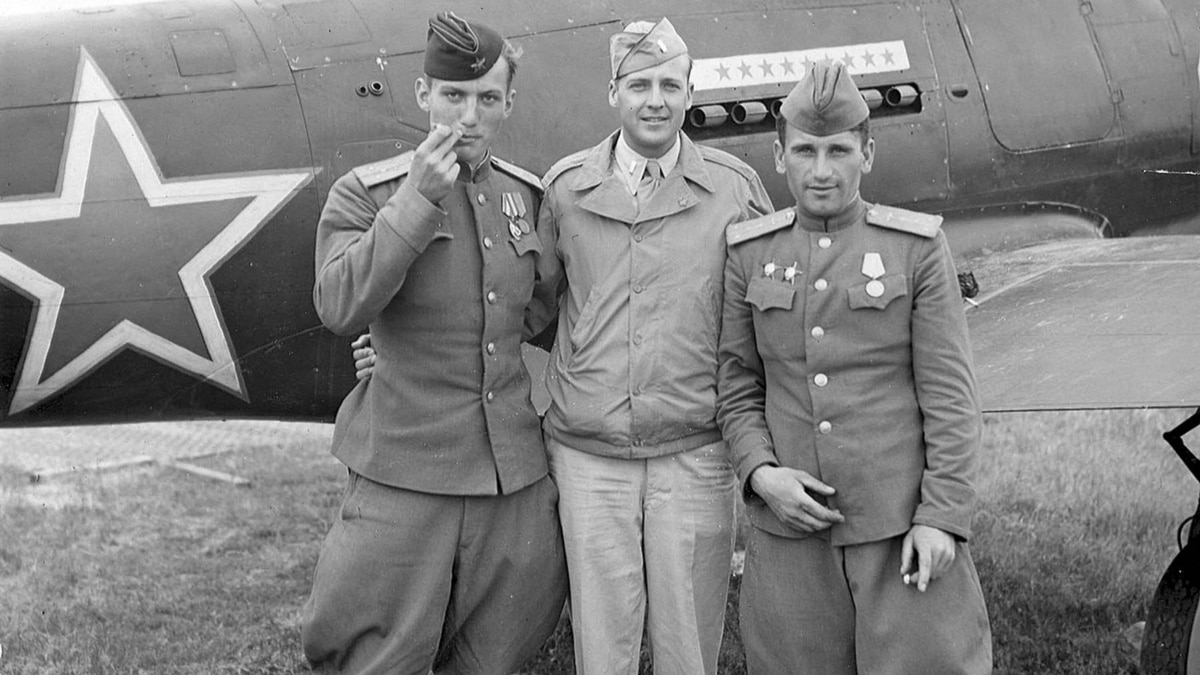- Joined
- Aug 4, 2019
- Messages
- 13,042
- Reaction score
- 8,463
- Location
- 'Murica
- Gender
- Undisclosed
- Political Leaning
- Independent
Space
1957 The first artificial satellite of the Earth.
1959 First flight to the Moon, lander to the Moon, photo of the back side of the Moon.
1961 The first human flight into space.
1964 The flight of the first multi-seat spacecraft.
1966 First soft landing on the moon.
1967 The first smooth descent in the atmosphere of another planet (Venus-4).
1970 The First Lunar Rover.
1971 The first soft landing of the lander on Mars (Mars-3)
.1971 The first single-module orbital station ("Salyut").
1986 The first multi-module orbital station (Mir).
1965 1987 Proton rocket, starting mass 705 t. payload - 23 t. Total launches (until 15.04.2013) - 385. successful - 339
Heavy Soviet rocket " Energia "(starting mass 2400 t. payload 100 t). Note. The American Saturn 5C rocket (from 1967 to 1973 - 13 launches) could put 140 tons into low Earth orbit.
1987 Energia rocket, starting mass 2400 t. payload 140 t.
1985 Rocket engine RD-170/171. thrust 740 t. The RD-180 and RD-181 created on its basis were purchased for a long time by the United States, which by 2015 could not create a similar one. So. in 2015, in the midst of economic sanctions of developed countries against Russia, a contract was signed for the supply of 60 RD-181 engines to the United States worth $ 1 billion.
1988 Flight of the Buran reusable spacecraft (without crew).
The science
1954 The world's first facility for controlled thermonuclear fusion "Tokamak". The plasma temperature of 10 million degrees was reached at the installation. Western countries were able to get a similar result in almost 15 years.
1976 Big Telescope Alt-Azimuthal (BTA). for a long time it was the largest in the world. The primary mirror has a diameter of 6.0 m and weighs 42 t. The focal length is 24 m. the mass of the moving part of the telescope is 650 t.
1975 ROTAN-600 - the world's largest ring radio telescope with a variable profile antenna with a diameter of about 600 m.
1928 Discovery of Alpha decay (a type of radioactive decay).
1932 VCR with magnetic heads mounted on a rotating drum. Invented by K. L. Yusupov.
1941 The world's first microwave oven was developed and tested in the USSR (Institute of Meat Industry).
1954 Invention of the maser and laser. Soviet academicians A. M. Prokhorov and N. G. Basov received the Nobel Prize for their invention in 1964.
1957 A synchrophasotron was created in Dubna
1960 The world's first collider
Extreme Hobbyists Put Satellites Into Orbit With $8,000 Kits
Attention wannabe supervillains: Putting your own, personal satellite into orbit is not such a far-fetched idea after all. Interorbital Systems, which makes rockets and spacecraft, created a kit last year that lets almost anyone with a passion for electronics and space build a satellite. The $8,000 kit includes the price of the launch. The company […]
Extreme Hobbyists Put Satellites Into Orbit With $8,000 Kits | WIRED
As soon as the propaganda value was over, the Soviets abandoned their space program.
Right after America landed on the moon, the Soviet space program disappeared.
It was propaganda for us too. We haven't been back to the moon since.
Last edited:



